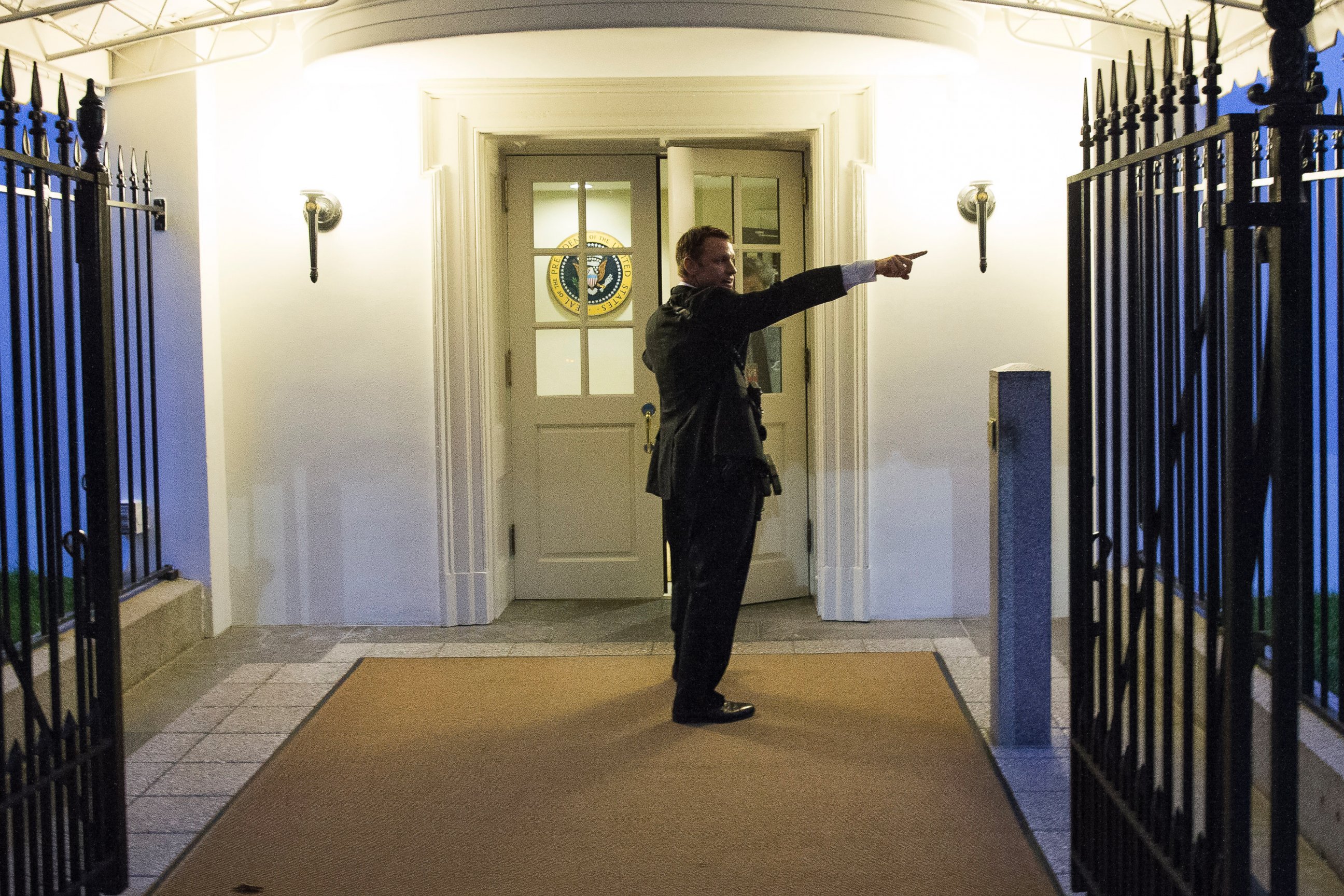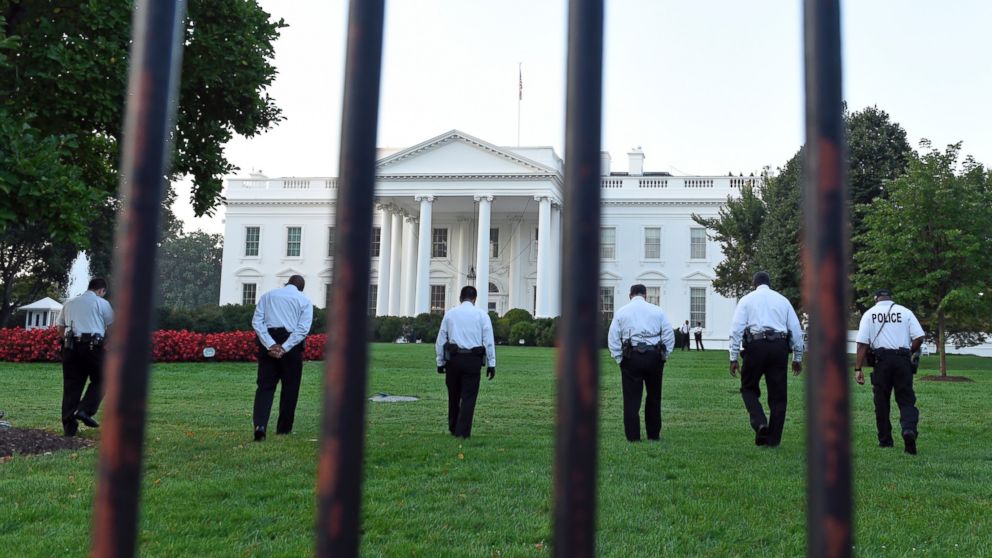White House Fence Jumper Report Findings 'Not Good'
Report lays out how multiple layers of security failed.
WASHINGTON— -- The Department of Homeland Security has completed its internal probe into how a man with a small knife in his pocket was able to jump the perimeter fence and make it deep into the White House in mid-September, and many of the probe's findings are "not good," sources with knowledge of the probe separately told ABC News.
The probe, led by DHS Deputy Secretary Alejandro Mayorkas and the department's general counsel, was detailed in a report delivered today to DHS Secretary Johnson, who will review the report over the coming days and decide on next steps. At least one agent could lose his job.
The report lays out how multiple layers of security failed, noting in particular why a Secret Service agent assigned to the White House lawn never released a trained canine after the intruder breached the perimeter fence.
Sources wouldn't offer any details or other information about the report, which has yet to be released publicly.
Nevertheless, to protect the White House, there is an established system incorporating foot patrols, vehicle patrols, bike patrols, surveillance systems, and canine units, and, "They all have to be working as one," a person familiar with Secret Service procedures recently told ABC News.
On Sept. 19, 42-year-old Omar Gonzalez allegedly scaled the White House fence and ran toward the building's front doors, which were unlocked.

Though Secret Service agents on the property could not reach him in time to stop him, no dogs were released and no agent made the decision to fire his weapon.
To use such lethal force, according to federal law, agents must "ensure" that they or others "are in imminent danger," then-Secret Service Director Julia Pearson told lawmakers in September, the day before she stepped down from her post.
Agents "use[d] restraint in making a very difficult decision" not to fire their weapons, she insisted.
Once Gonzalez allegedly made his way to the White House doors, which were unlocked, he "knocked back the officer that was standing at the doorway and ran deep into the White House," Pierson testified.
But the failures and missed opportunities that ultimately led to the White House breach began months earlier.
In July, Virginia State Police notified Secret Service that they had stopped a man, Gonzalez, who was carrying possible weapons and a map with a line drawn to the White House and other Washington landmarks.
The Secret Service then conducted "a very thorough" interview of him, in which he said the map was intended for sightseeing, and that he was a veteran suffering from mental illness but had no intent to harm anyone, according to Pierson's testimony.
Interviews with his family also suggested he was not inclined toward violence.
The next month, he was allegedly found outside the White House fence carrying a hatchet. Secret Service agents interviewed him again and ran his name through a database, which flagged the incident a month earlier, but they decided he didn't pose a threat after he told agents the hatchet was from a recent camping trip and they found camping equipment in his car.
"Mr. Gonzalez had not violated any laws, and he had to be released," Pierson testified.

Days after the White House intrusion in September, Secretary Johnson announced he had tasked Mayorkas with conducting a review of the whole matter, and he promised a report would be completed by Nov. 1.
"The report has been submitted to Secretary Johnson," a DHS statement said today. "More information will be forthcoming."
Last month, only weeks after Gonzalez's alleged intrusion, a 23-year-old Maryland man, Dominic Adesanya, allegedly jumped the White House fence. But in that nighttime incident, Secret Service agents and dogs tackled him almost immediately.
White House spokesman Josh Earnest called it a "perfect example" of how the security protocols at the White House are supposed to work.
"Everyone knew their responsibility and executed a pre-existing plan," he said.
However, he said "it's possible" changes could be made to the fence, depending on what the DHS internal probe finds.




